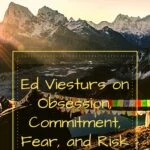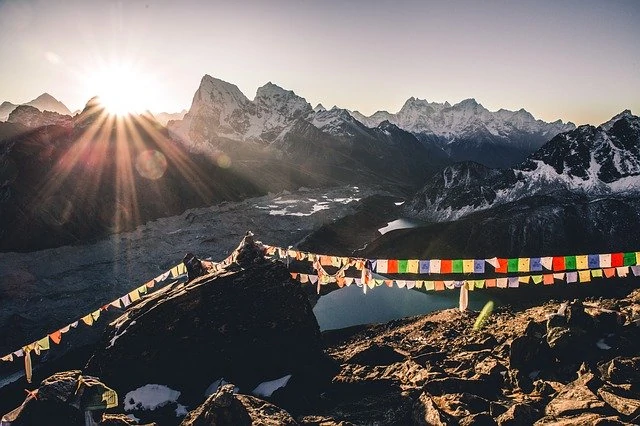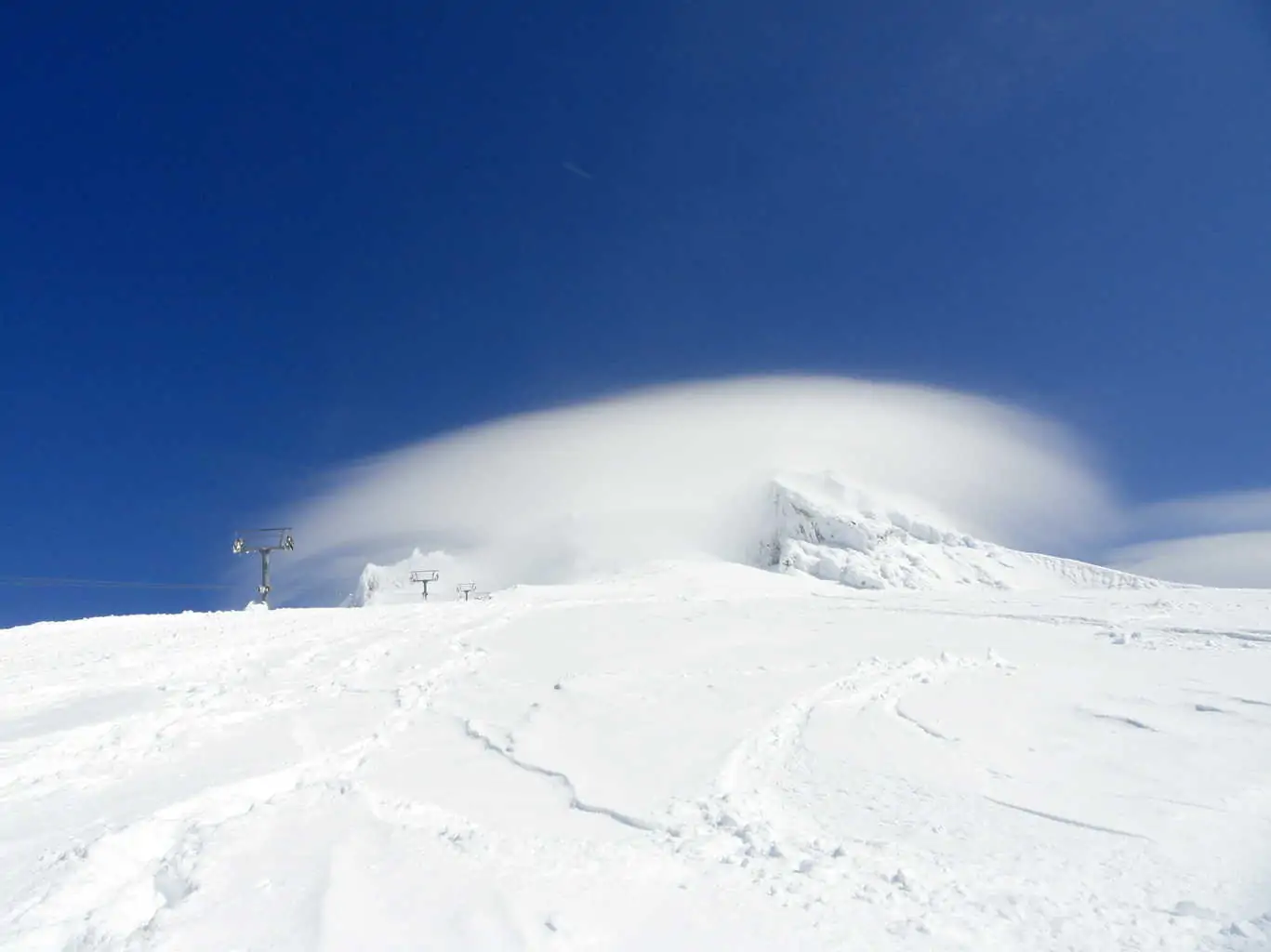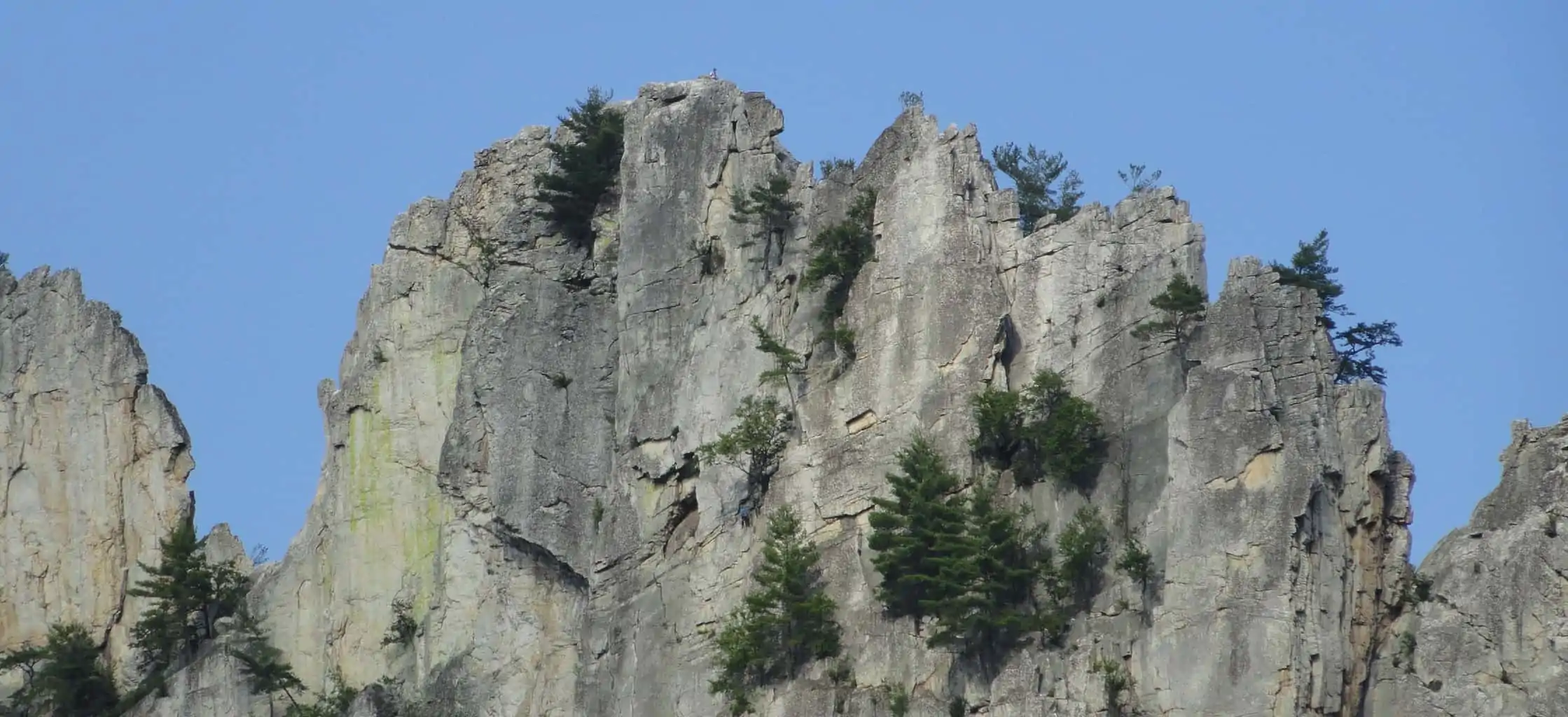Having the chance to see Ed Viesturs, one of America’s greatest mountaineers, speak on the theme of risk, obsession, commitment, and fear in the mountains, was one of the most illuminating outdoors talks I’ve ever attended. Here is an idea of what Ed Viesturs had to say and my own reflections on the topic.
Maurice Herzog closes his seminal book Annapurna with the line “There are other Annapurnas in the lives of men;” and it remains one of the most famous mountaineering quotes of all time, perhaps second only to George Mallory’s “Because it’s there;” which was given as his reason for the pursuit of Everest.
But what drives individuals to pursue high mountain peaks and formidable rock walls, to leave behind friends and family risking their lives and livelihoods in order to briefly stand on the top? Herzog’s ascent of Annapurna cost him all his fingers and toes, while Mallory’s pursuit of Everest ultimately cost him his life.
Where does commitment end and obsession begin? How does one manage fear (the good, life-saving fear versus the irrational, incapacitating fear) and what influences the nature of one’s personal level of acceptable risk?
The Will to Climb by Ed Viesturs
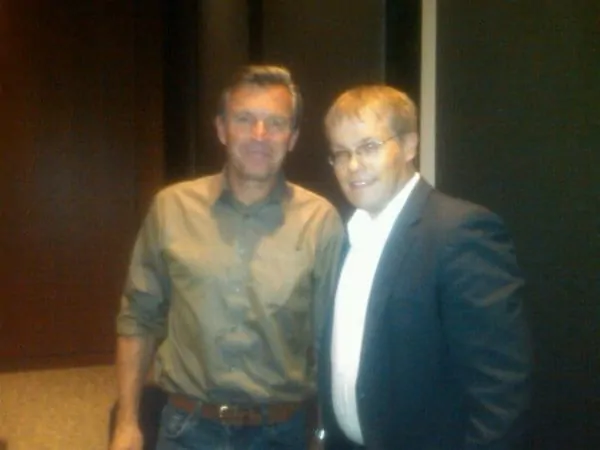
A blurry photo of Ed Viesturs and me at National Geographic
These are some of the central themes explored by Ed Viesturs and David Roberts in their new book The Will to Climb, particularly in the context of Viesturs’ own pursuit of Annapurna which would be his 14th and final climb of all of the 8,000-meter peaks without using supplemental oxygen.
I’ve only just begun flipping through the book, but I recently had the opportunity to attend a presentation given by Ed Viesturs and David Roberts at the National Geographic Headquarters here in Washington DC (part of NatGeo’s Quest for Adventure Series).
The talk was very well attended (sold out, in fact), and I found Viesturs to be a humble and engaging speaker, and also quite humorous throughout his presentation (he joked about his immediate unease about landing in such a hot, humid, and flat place as DC—and requested that we crank the AC and lower the oxygen level so he could feel more at home).
About Ed Viesturs
Ed Viesturs was born and raised in the flatlands of the Midwest, making his ultimate trajectory as the foremost American high altitude mountaineer all the more remarkable. As a teenager, he was taken by Herzog’s book Annapurna and moved to Seattle following high school in order to pursue his yet unrealized passion.
He perfected his craft while climbing Mount Rainier repeatedly as a guide, before setting off to guide throughout the Great Ranges of the world.
Ultimately, he summited Rainier more than 200 times, Everest 7 times, climbed all fourteen eight-thousanders without supplemental oxygen, and numerous other feats. This litany of accomplishments is no doubt impressive, but what really stands out to me about Viesturs is his steadfast commitment to safety and his generally conservative nature with respect to risk in the mountains.
These two things may seem to be at odds, but just consider that he has never lost a teammate on a climb, never taken a crevasse fall, and has not lost any of his finger or toes. Something which cannot be said of most other legends of mountaineering.
This fact is quite a remarkable feat, especially when considering the amount of time he has spent in the big mountains. Viesturs credits his safety record and conservative nature to his work as a professional guide and his patience. He has turned around just shy of the summit on numerous occasions, knowing that he could always return for another attempt if things didn’t quite feel right.
The Risk of Mountains
The timing of the Viestur’s talk came at a curious time for me and caused a little bit more introspection than if it had occurred even just two weeks earlier.
First of all, I felt a greater sense of understanding or perhaps confidence in the decision making process on our recent Mount Hood climb: how our group opted to change route plans when presented with instability and possible avalanche conditions (glad to have taken an AIARE avalanche safety course) on the west side, and for our ultimate decision to turn around only 600 feet short of the summit when the weather wasn’t in our favor.
Other climbers did push through to the summit, and we probably could have too, but that’s not the point. The point is that it’s important to take a sensible and prudent course of action in the mountains on a personal level. Not to find yourself compelled by pride, social pressure, time constraints (taking leave from work), money (paying for travel, guides, etc), or other outside factors.
Secondly, and more significantly, Viestur’s talk about the nature of personal risk and the danger of climbing was more poignant for me given the recent death of a member of our local climbing club.
While I never had the opportunity to meet Adam, I was particularly struck by this tragic climbing accident because I felt in a way I knew him (at least through technology and our email listserve and he climbed with the same crowd); because he was a local climber, at a local crag, on a club trip; and because by all accounts he was a safety conscious climber with a wife and young daughter at home.
His death is certainly the one that has struck closest to home since I’ve gotten into the climbing and mountaineering scene. And was the first real moment where I have taken a step back and questioned my own reasons for partaking in this activity that we all love.
Pushing the Envelope
All climbers climb knowing there are risks, and yet it always seems like we tell ourselves that “well, I’m safe, and that won’t happen to me.” The curious (and even compelling) nature of climbing is the need to continually progress and to push our boundaries and comfort levels.
One success leads to a loftier goal.
The very personal nature of climbing—one person’s heady 5.4 lead is another’s un-roped scramble to the base of their climb—is part of what makes it such an appealing endeavor.
Most of us will never climb at the level of an Ed Viesturs or Peter Croft or Dave Hahn, or even care to climb at that level—and yet all of us climbers continue to pursue our passion on our own terms, and walking our own line between obsession and commitment, and grappling with fear and risk. I find it hard to articulate why I pursue climbing, backpacking, and mountaineering, and I certainly cannot answer the question of “why we climb” any better than those that have come before me, though I continue to contemplate it.
“What, indeed, are the lasting rewards of mountaineering, or of any passionate enterprise? What is the balance between triumph and failure? These are questions I ask myself every day, five years after I finished Endeavor 8000. What has it meant in the grand scheme of my life? What comes after it?” writes Viesturs in The Will to Climb.
Check out Ed Viesturs book the Will to Climb: Obsession and Commitment and the Quest to Climb Annapurna–the World’s Deadliest Peak
Ryan
Latest posts by Ryan (see all)
- Kazakhstan Food: Exploring Some of its Most Delicious Dishes - August 7, 2023
- A Self-Guided Tour of Kennedy Space Center: 1-Day Itinerary - August 2, 2022
- Fairfield by Marriott Medellin Sabaneta: Affordable and Upscale - July 25, 2022
- One of the Coolest Places to Stay in Clarksdale MS: Travelers Hotel - June 14, 2022
- Space 220 Restaurant: Out-of-This-World Dining at Disney’s EPCOT - May 31, 2022

